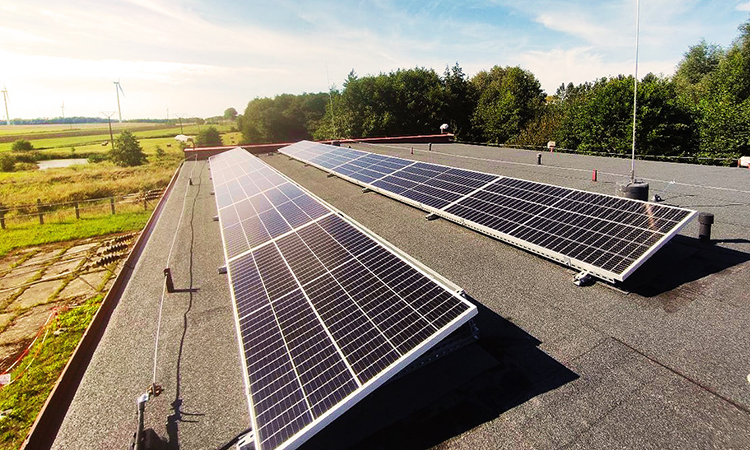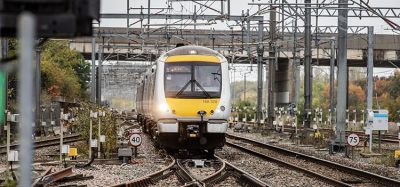PKP Energetyka launch 360 PV facilities at its substations
Posted: 17 February 2023 | Elliot Robinson (Editorial Assistant - Global Railway Review) | No comments yet
PKP Energetyka’s network of extensive photovoltaic facilities has increased from 15 to 360 in just over 18 months.


Credit: PKP Energetyka
PKP Energetyka’s network of photovoltaic facilities is the most extensive in the rail industry, and one of the most extensive in Poland. A total of 11,000 square metres of panels are in operation at the company’s 360 substations, with the potential to generate nearly 2GWh of clean energy per year. As a result, the company is able to reduce its carbon footprint by more than 1,500 tonnes of CO2 per year. The project to build several hundred facilities was completed in just over 18 months, increasing the number of green substations from 15 to 360 – more than 70% of all traction substations supplying the Polish railroad system.
PKP Energetyka’s long-term strategy is to reduce its carbon footprint by 85% by 2030 and become climate neutral in terms of direct and indirect emissions. The first significant step has been accomplished, which may easily be noticed when one looks out the window of a moving train. All over Poland, along railroad lines, there are PKP Energetyka’s traction substations fitted with equipment that converts alternating current to direct current and delivers it to trains. Each substation requires an auxiliary power supply. The company has arranged for this power supply to be provided by solar energy and has installed PV panels on most of substations.
The project covered most of the technically possible locations. Most of the 360 facilities are rooftop systems (227), but some of them (133) are also ground-mounted. The largest number of PV mini farms can be found in the Wielkopolskie and Dolnośląskie voivodeships (51 and 42 systems, respectively). The location of each system was selected individually to maximise its efficiency and performance. As for the panels, they were designed with a focus on environmental protection. The company chose the polycrystalline technology which reduces the lake effect and is safe for birds. The power of one array is 6kW, and the total potential for green energy production is 2GWh per year, the equivalent of the consumption by 1,000 households. The project budget is more than zł15 million.
Related content you will enjoy:
PKP Energetyka invest in hydrogen revolution for Polish railway
PKP Energetyka to develop green hydrogen energy storage system
“PKP Energetyka’s mission is to support the development of the Polish railroad system in harmony with the surrounding nature,” Marek Kleszczewski, Member of the Management Board of PKP Energetyka, said. “We take the lead in this transformation and strive to become an environmentally neutral company. That’s why we decided that our infrastructure should be autonomous in terms of energy consumption. It would take 750 tonnes of coal to produce the energy we get from the sun. The scale and pace of project implementation were very ambitious, and the whole undertaking was achieved thanks to the work and commitment of the entire PKP Energetyka’s team, which is much to be appreciated.”
Providing energy from a dedicated, stand-alone renewable energy source also increases the security of the railroad system’s power supply. The most important substation equipment works uninterruptedly even when the grid power supply is down.
The company is committed to innovation and metering of its operations; accordingly, the “green substations” have also been equipped with sensors, inverters, energy metres and GSM modems to collect comprehensive data on system performance and efficiency. They are analysed and compared on an ongoing basis. The managerial information thus compiled will serve not only PKP Energetyka, but also other companies in the rail industry that will be looking to implement RES solutions in their infrastructure.








